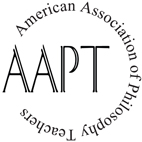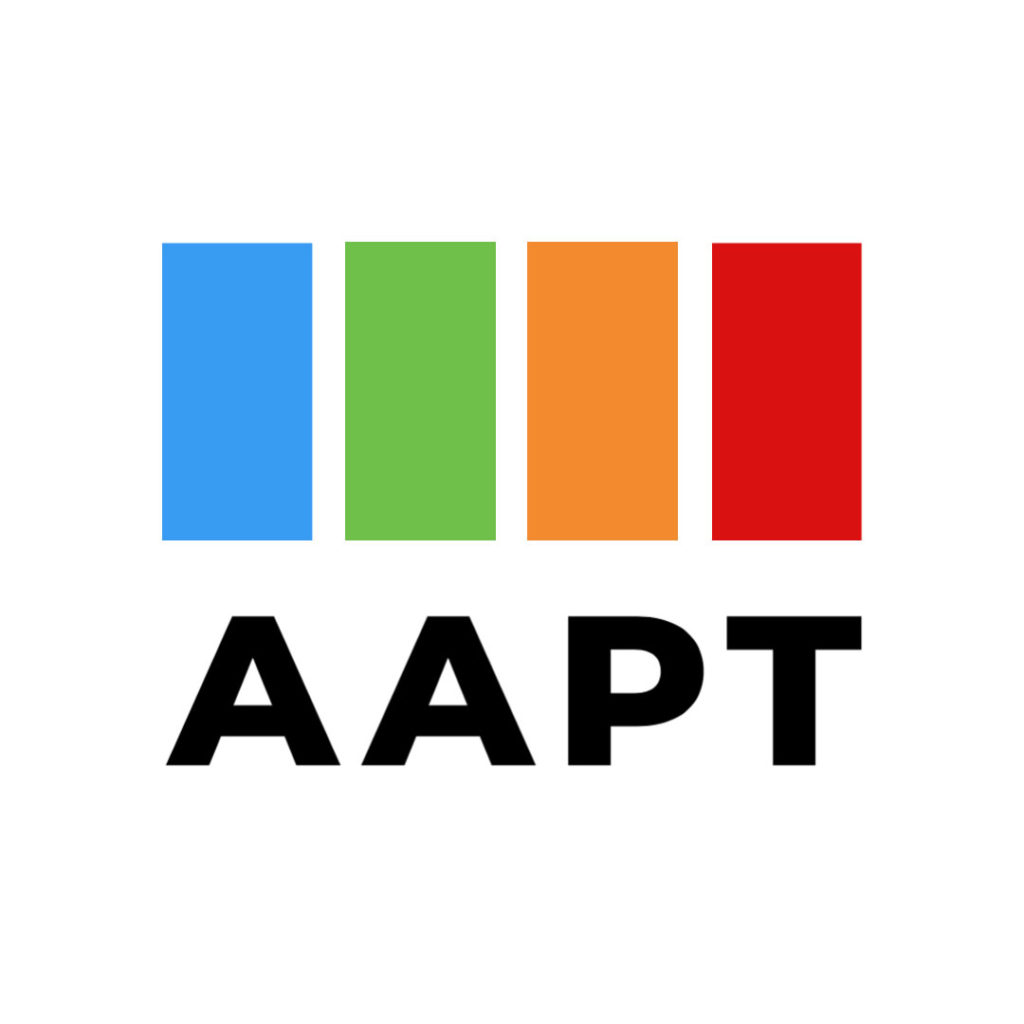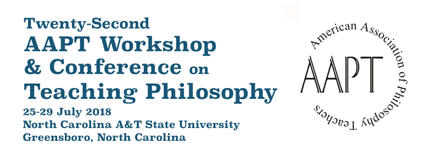2018 Conference Accessibility
The AAPT aims to be an inclusive association. Reflecting this value, we would like the AAPT conference to accord with best practices regarding accessibility. Part of this involves ensuring that conference participants do not have to go out of their way to investigate and secure needed accommodations.
AAPT Board member Christina Hendricks, our conference Accessibility Liaison, has prepared a list of questions and answers about NCA&T’s facilities and services. Moreover, on the conference registration form, participants can click to request that we contact them and/or e-mail Christina separately regarding accessibility questions, concerns, or needs.
Accessibility questions
AAPT 2018 workshop
Accessibility Liaison for the workshop: Christina Hendricks
christina.hendricks@ubc.ca
604-822-2520
(up to July 23, will be out of town after that)
Adapted from these resources:
- http://www.accessiblecampus.ca/wp-content/uploads/2016/12/A-Checklist-for-Planning-Accessible-Events-1.pdf
- https://www.americanbar.org/content/dam/aba/administrative/
mental_physical_disability/Accessible_Meetings_Toolkit.authcheckdam.pdf
Accessibility & inclusion of physical spaces onsite
Signs
- Outside signs for buildings where events are held (and for lodging) are clearly visible from the street or parking lot.
- the outside signs for buildings are well lit at night.
- There are clearly marked signs inside the building for accessible elevators, exits and washrooms, including with braille or other tactile indicators.
- The print on signs (including those relating to the meeting itself) will be readable for those with low vision? E.g., large type, sans-serif, high colour contrast.
- Interior signs are at a height that those using wheelchairs or scooters could comfortably read them.
Building exteriors
- The main entrance to the building where events will be held is well lit.
- Main entrance doors are wide enough for wheelchairs (or, there is adequate signage leading people to an accessible entrance from the main entrance). Some doors open automatically by pushing a button.
- Designated parking spots for persons with disabilities are close to the entrance of the building, and there is a ramp from parking into the building.
- There are wide, barrier free sidewalks between most buildings. Depending on the direct a person takes, there are stairs leading to the cafeteria, but there is a ramp there as well.
- Ramps are gradual in slope and most have handrails.
Building interiors
- There are gender-neutral, single-stall restrooms in the building where events are held.
- There are accessible washrooms near the event rooms that are wide enough for wheelchairs and scooters.
- Hallways used to get to event rooms are sufficiently wide and barrier free to allow two-way traffic with wheelchairs and/or scooters.
- There are accessible elevators near the event rooms that are wide enough for wheelchairs and scooters, and have:
- Braille buttons and raised numerals for people who are blind or have low vision
- Control buttons at a height that is easily accessible for people using wheelchairs or scooters
- Interior doors are easy to open without twisting the wrist (e.g., lever handle).
- Interior spaces are well-lit.
- Private, quiet spaces could likely be made available for various purposes if needed (e.g., prayer times, resting, nursing). Please make a request to the accessibility liaison if you would like to ensure there is such a space available (see email contact information above).
Meeting rooms
- There are accessible seating options in the meeting rooms, and there is adequate space for someone using a wheelchair or scooter to manage turns, getting into the space, turning around in it, and exiting the space.
- The stages and speaking areas, including lectern or podium, are accessible to people with limited mobility.
- The rooms are free of background noises that can make it difficult for those with auditory concerns (or even anyone!) to hear speakers, such as ventilation systems or sound from adjacent rooms.
- For meeting rooms that have windows, there are drapes or blinds that can be used to reduce light or glare.
- There are multiple places for plugging in electronic devices, for those who require them for accessibility purposes.
- Cables and cords that are part of the permanent fixtures of rooms are placed outside of paths of travel.
For more information
- Christina Hendricks (hendricks@ubc.ca), Accessibility Liaison, for inquiries about accessibility.
- Galen Foresman (gaforesm@ncat.edu), NC A&T On-site Coordinator, for inquiries about the campus and region.
- Jane Drexler (jane.drexler@slcc.edu), Program Committee Chair, for conference-related inquiries.
- Alexandra Bradner (alexandrabradner@gmail.com), Executive Director, for inquiries about the AAPT and its initiatives.



